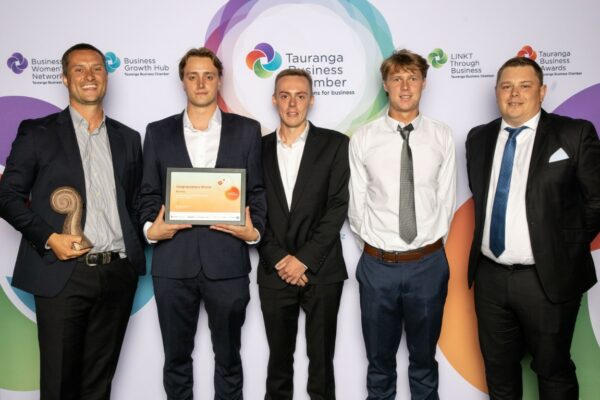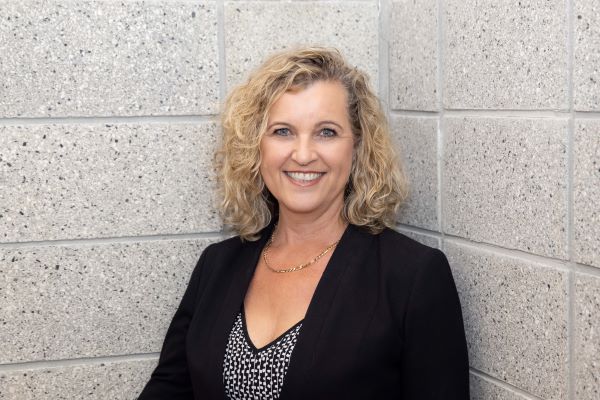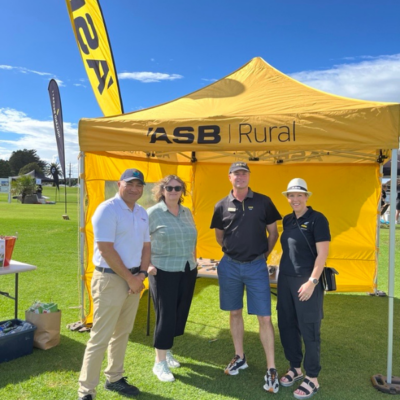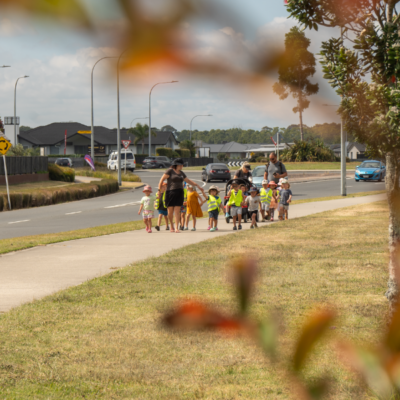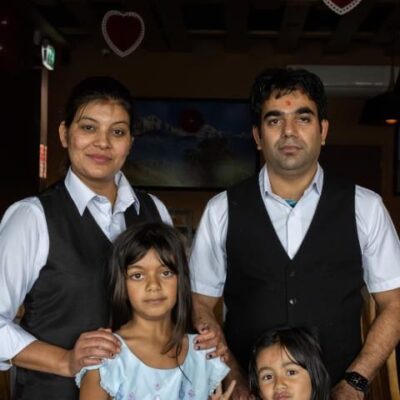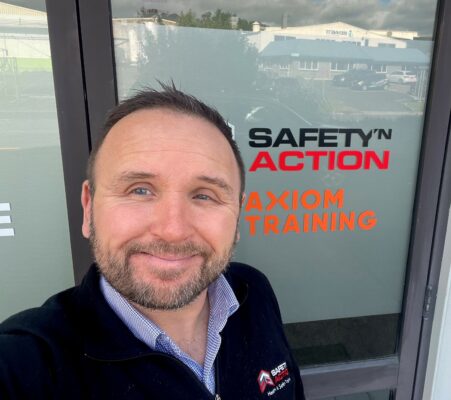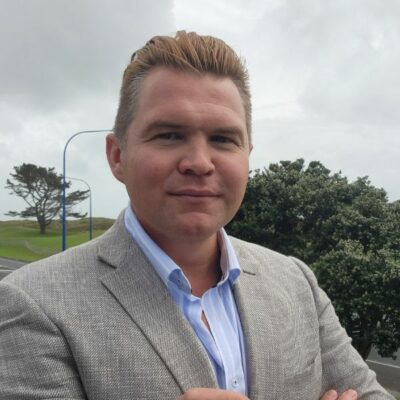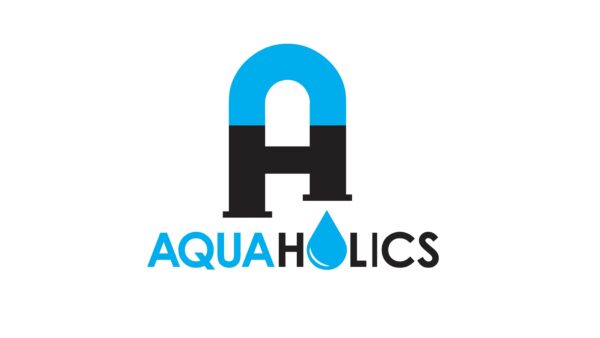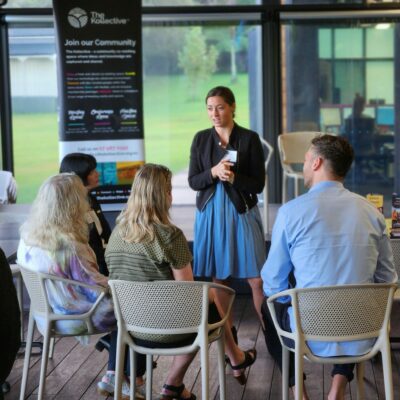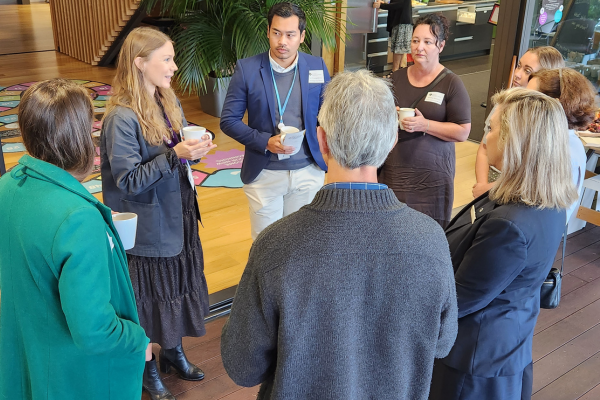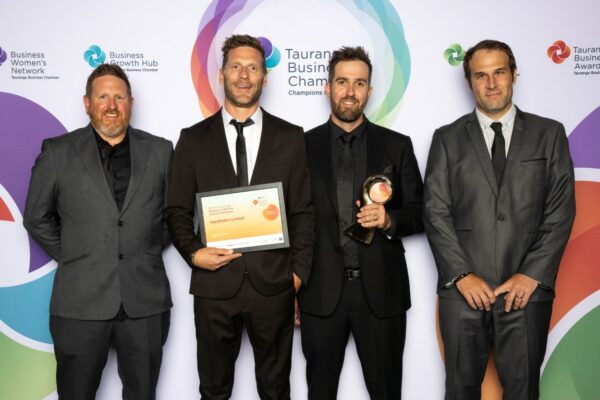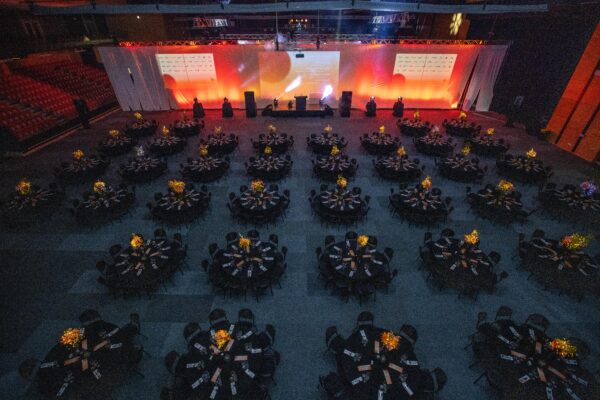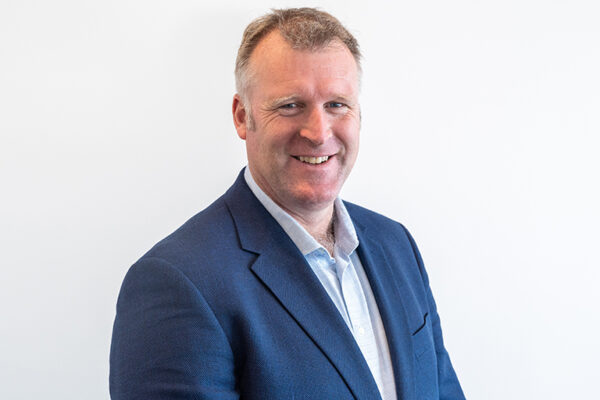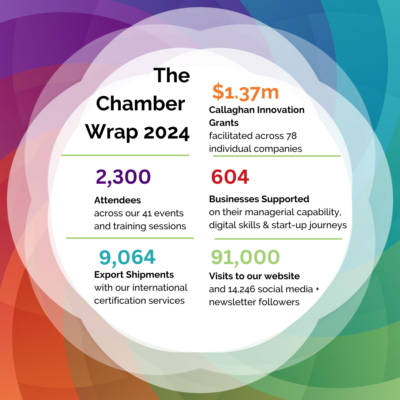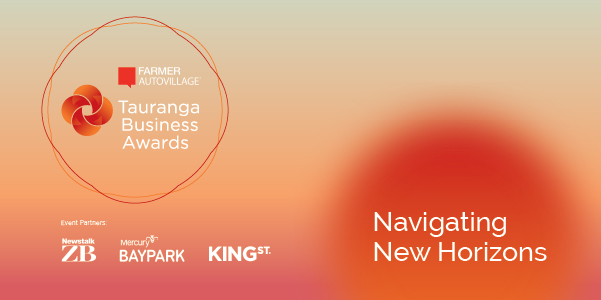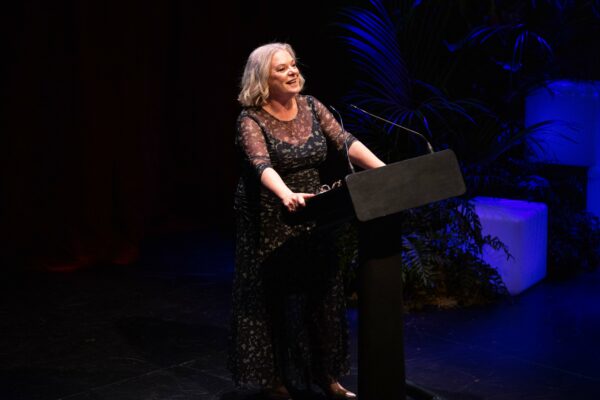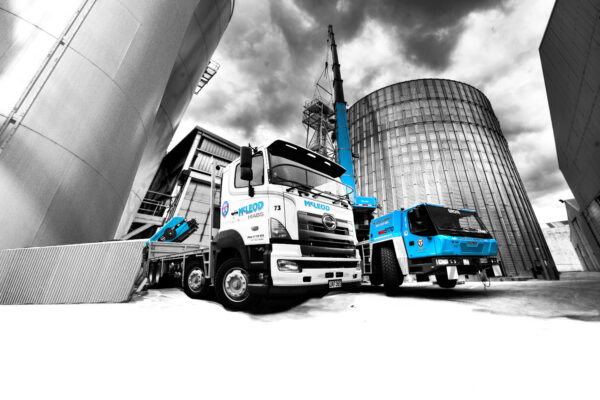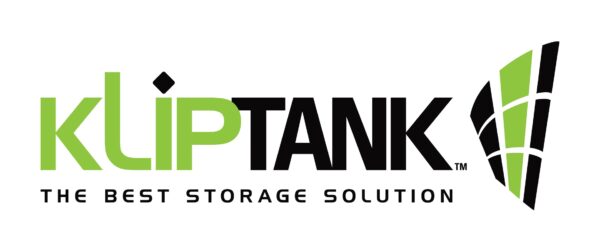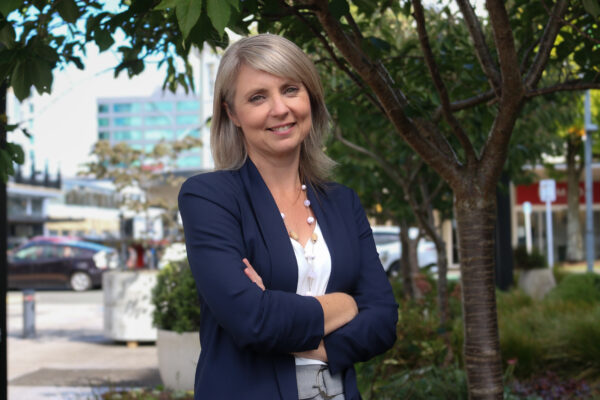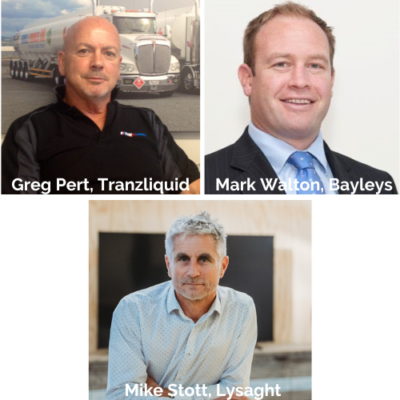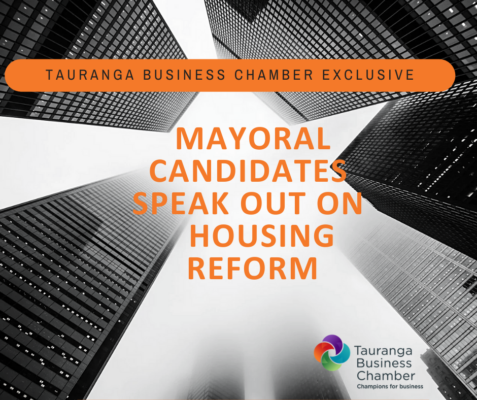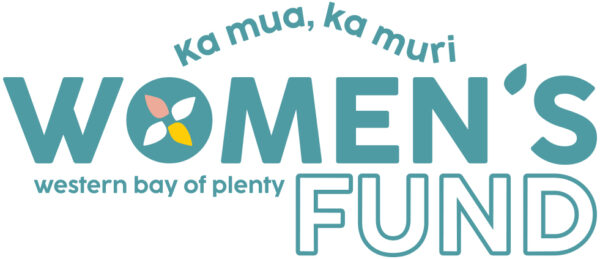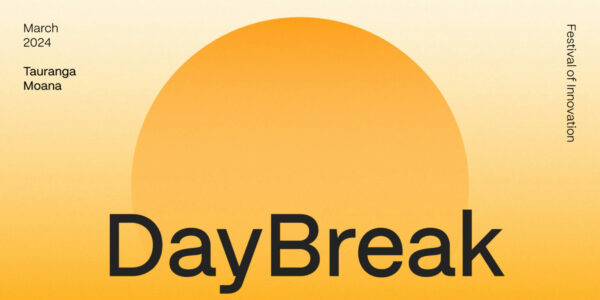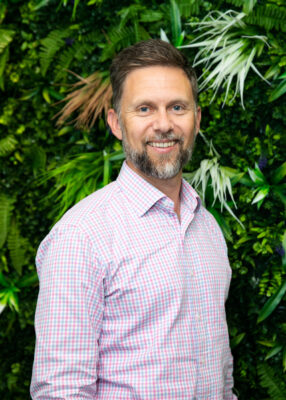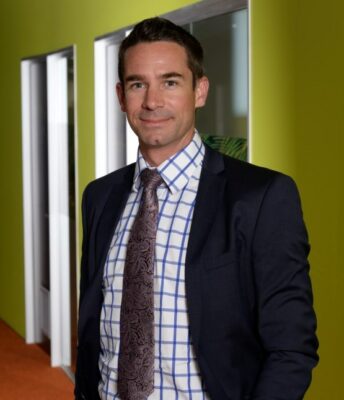In the wake of COVID-19, mental health and wellbeing was placed at the forefront of our business focus, with a look at how our leaders were affected by the impacts of a global pandemic.
But you don’t have to have a large-scale crisis to experience leadership burnout. At any time, in any workplace, leaders can experience tremendous overwhelm and stress.
We asked Steve Hersey & Wiremu Matthews, Directors at Kānuka Wellbeing & Leadership Ltd, to share their insights on the subject.
We tend to place leaders on pedestals, comparing their external demeanour with our internal story, which includes all our fears, our worries, our doubts. It might appear that leaders do not experience such a story themselves.
Actually, they do. Leaders, just like the rest of us, also experience fears, worries and doubts, and are also vulnerable to burnout. There are a number of factors that may contribute:
Continually picking up and not putting down
The Pareto Principle – 80 percent of results flow out of 20 percent of the activities – is a principle that supports effectiveness.
Leaders who have difficulty delegating, who hold onto a project or skillset that they believe is their value point, or who simply do not trust their team to carry the load experience this principle in reverse – 20 percent productivity by engaging in 80 percent of activities. Overtime, this engagement in activities that do not deliver personal goals, results or growth leads to frustration, stress, demotivation, blame, exhaustion and eventually burnout.
Failing to use a key leadership component: Leverage off your people
No matter the size of your team, having others working alongside you, means that a pool of energy, ideas, skillsets, thinking and time is available for you to draw upon.
It is not only the leader who should have worthy, creative ideas – for the wellbeing of that leader, it is healthier to have a team of ideas. Ideas and creativity stimulate new products, new business, new relationships, collaboration, a growth mindset and improved ways of doing.
To support the idea generation process, avoid getting bogged down by the ‘HOW’ question and instead ask the ‘WHO’ question: ‘Who is the best person to get this done?’ To quote Dan Sullivan “How leads to frustration and fatigue; but when you instead consider all the ‘Whos’ available to you to help you achieve your goal, it increases your energy and keeps you endlessly fascinated and motivated.”
Putting professional responsibilities before personal responsibility
Essentially, this comes down to the practice of self-discipline, which represents a principle of effective personal leadership.
This can be applied to our physical, mental, social and spiritual spheres. Often ill-health (burn-out) occurs when these are imbalanced over a sustained period of time. Some of us get so good at ‘fixing’ situations and ‘getting things done’ in the workspace that we feel our entire sense of value and credibility come from it… and meanwhile we neglect rewarding relationships with family and community.
Spending all our time in the mental thinking and creation space, without any consideration for balancing that with social, spiritual, physical and grounding activities is a recipe for burnout. You’ve got to make time to balance yourself personally – and for most of us that means grounding ourselves in a tangible physical way, such as gardening, beach, walks in natural environments, hunting, fishing, mountain biking etc.
Poor awareness of self and others
A common experience we’ve noticed with our high-performing clients is that focus – with the best of intentions – is directed toward behavioural symptoms and not behavioural root causes.
It’s akin to trimming the branches and leaves of a tree, hoping the next harvest will be more fruitful, without considering the soil the roots are buried in. It’s a quick fix approach that will often result in repeated cycles.
As a leader, 70-80% of team members hold leaders responsible for team culture. When you understand what is deeply important to you, what you value most, where your strengths lay, you will manage yourself more effectively – day by day – to do what matters most; to engage more authentically with others, to build clarity in decision-making and to keep the main thing the main thing. This clarity reduces uncertainty, reduces stress, reduces miscommunication, reduces confusion and provides confidence in negotiating key priorities and relationships.
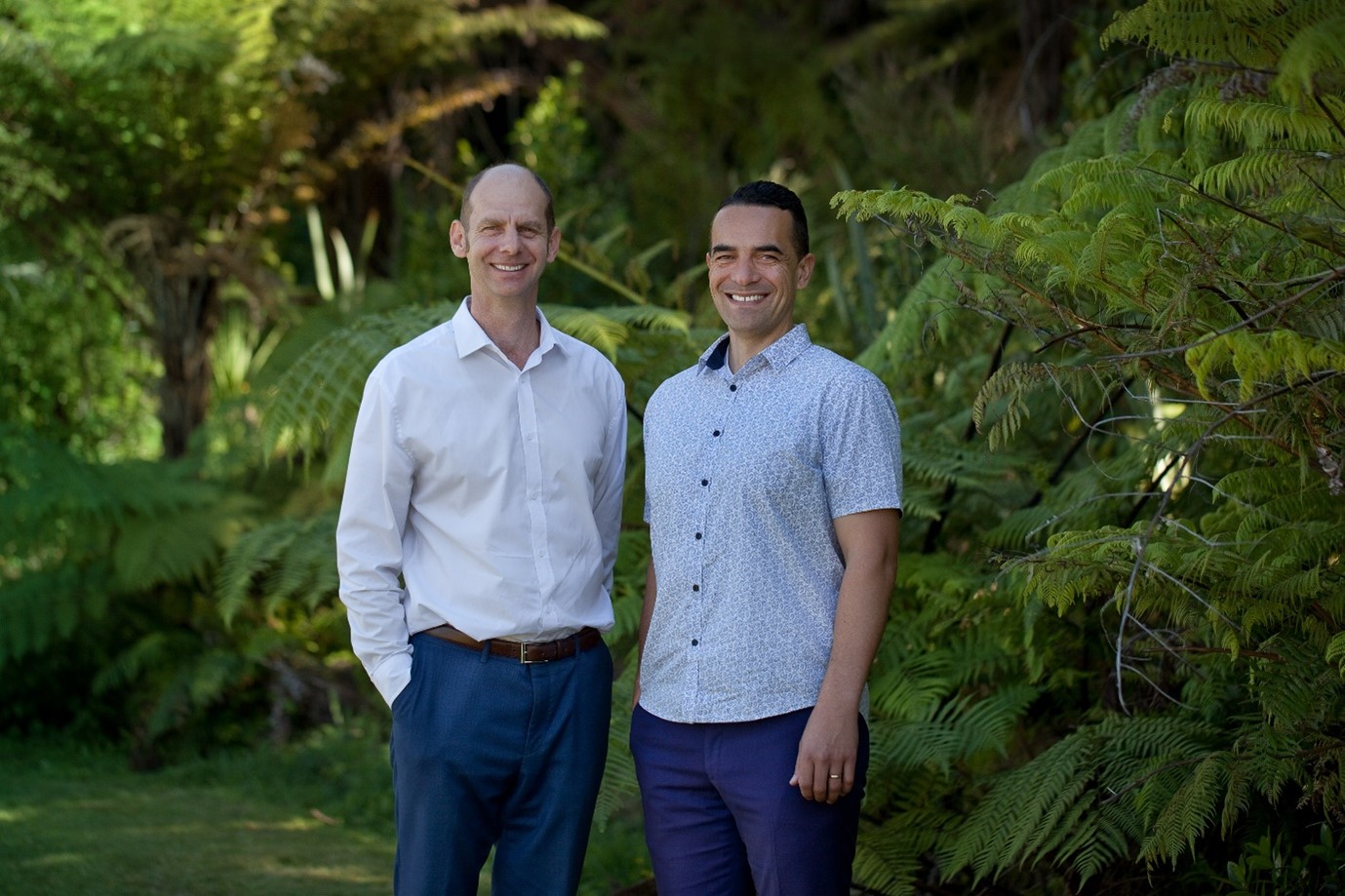
When the fires goes out
If we think in terms of ‘slow burn’, burnout is not a sudden event. It is a final stage of a difficult journey without replenishment. There are some visible symptoms of this slow burn and if we are prepared to tune into them, risk of burnout can be recognised:
- Psychological detachment – Removing mindset from highly stressful situations by engaging in distraction (low value) activities, such as social media, Netflix, phone addiction or increased level of sick leave.
- Consumed bandwidth – Working in survival mode, highly reactive (often in aggressive/ apathetic behaviour), lack of creativity/fixed mindset, reduced level of engagement with others.
- Reduced professional efficacy – Lack of motivation and care, lowering of standards, not meeting deadlines, poor decision-making, lack of direction
- Chronic fatigue – Waking up tired, lack of joy in any activity (personal and professional), insomnia, exhaustion resulting in on-going incapacitation, no feeling of ‘recharge’ after a break.
These symptoms have an impact beyond the leadership role and begin to negatively effect other realms of life and relationships.
Reignition
Burnout did not occur overnight, nor will recovery. It is a process that begins with self-responsibility and commitment to new habits, behaviours and priorities.
Build Emotional Awareness
This can be refined in the statement ‘developing an understanding of what triggers/motivates you and what triggers/motivates others’. Effectively, this skillset encapsulates categories of personal competence (personal awareness and self-management) and social competence (social awareness and managing relationships).
Practice Replenishment
We coach clients in the use of our 15:3:1 tool, which essentially introduces the regular habit of scheduling and engaging in activities that are enjoyable, re-energising and rejuvenating. This is observed 15 minutes per day, 3 hours per week, 1 day per month = less than 10% of your time over 90 days.
Engage a Coach
An effective coach will not answer all your questions, instead the whole focus of 1:1 coaching is helping you to progress in the most sustainable and authentic way possible. They provide an external and objective voice that both supports you and holds you accountable as you work through new behaviours, shifting paradigms and work toward achieving your goals.
Introducing these new skill sets, paying attention to your needs and the needs of others and shifting personal wellbeing up the priority list, will ensure your leadership and your teams move beyond surviving, to thriving.
Kānuka Wellbeing and Leadership Ltd co-design wellbeing and leadership programmes that are measurable, well-grounded and reflect your situational specific knowledge and context. Our mission is to build wellbeing and leadership practices that support individual growth and organisational prosperity.

